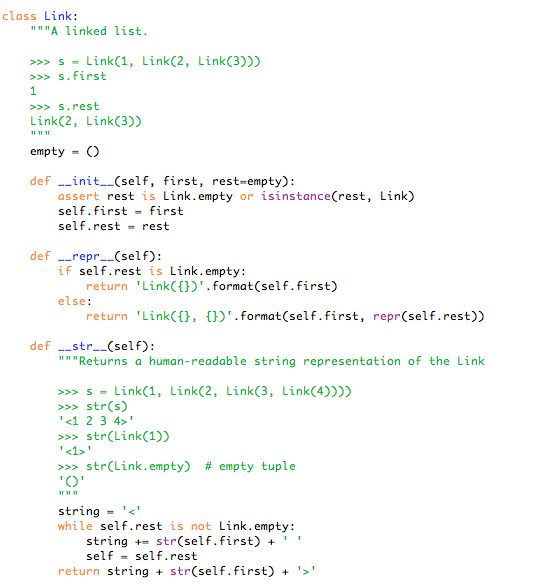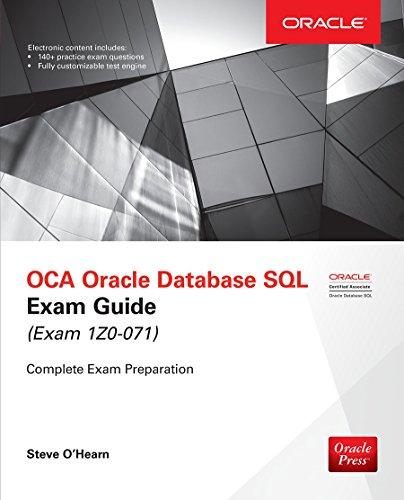Question
Python 3 Implement clip_list(s, index), where s is an instance of the Link class and index is a non-negative integer. The clip_list function mutates s
Python 3 Implement clip_list(s, index), where s is an instance of the Link class and index is a non-negative integer. The clip_list function mutates s so that all elements that occur after the index are removed. The clip_list function should also return a linked list of all of the removed elements. If the index exceeds the linked list, raise an IndexError. Your solution must use recursion; you may not use iteration. You may NOT assume that __getitem__ and __len__ have been implemented. See the doctest for expected behavior. Your solution should not require more than 8 lines, and you do not need to use all 8 lines.
def clip_list (s , index ): """ >>> s1 = Link (1 , Link (2 , Link (3))) >>> clip_list ( s1 , 0) Link(2, Link(3)) >>> s1 Link(1) >>> s2 = Link (1 , Link (2 , Link (3))) >>> clip_list ( s2 , 2) == Link . empty # No elements after index 2 True >>> s2 Link(1, Link(2, Link(3))) >>> s3 = Link (1 , Link (2 , Link (3))) >>> try:clip_list ( s3 , 3) #no index 3 available ... except(IndexError): ... print("good job") ... good job """ #Your Code Here# 
--------------------------------------------------------------------------------------------
class Link:
"""A linked list.
>>> s = Link(1, Link(2, Link(3))) >>> s.first 1 >>> s.rest Link(2, Link(3)) """ empty = ()
def __init__(self, first, rest=empty): assert rest is Link.empty or isinstance(rest, Link) self.first = first self.rest = rest
def __repr__(self): if self.rest is Link.empty: return 'Link({})'.format(self.first) else: return 'Link({}, {})'.format(self.first, repr(self.rest))
def __str__(self): """Returns a human-readable string representation of the Link
>>> s = Link(1, Link(2, Link(3, Link(4)))) >>> str(s) '' >>> str(Link(1)) '' >>> str(Link.empty) # empty tuple '()' """ string = '' 
Step by Step Solution
There are 3 Steps involved in it
Step: 1

Get Instant Access to Expert-Tailored Solutions
See step-by-step solutions with expert insights and AI powered tools for academic success
Step: 2

Step: 3

Ace Your Homework with AI
Get the answers you need in no time with our AI-driven, step-by-step assistance
Get Started


